Baja Mexico’s enchanting wine country has completely captivated me. The restaurants, the wine, the olive oil, the cheese—all delicious, all local, all artisanal. Yet, my fascination is often met with blank stares, even from the most savvy; alas, fear abounds, along with a widespread unfamiliarity with Mexican wine. It seems the only way to fully understand what Valle de Guadalupe has to offer is to brave the border yourself.
The Guadalupe Valley has a long history of winemaking, beginning as early as the 18th century with Juan Ugarte, a Jesuit priest credited for planting the first vines in the area. Unfortunately, in 1857 the region’s winemaking came to a sudden halt when the Catholic church was overthrown and the wineries were abandoned. After seven years of rest, the land was awakened once more when a group of Russian pacifists immigrated to the area and began planting and tending to the vines.
A burgeoning wine making community, with its mediterranean microclimate and porous soil, the valley is emerging slowly and surely making its mark. Devoid of the stringent regulations found elsewhere in the world, creativity reigns supreme. If it is ecologically responsible, sustainable and the people love it—do it again. Each winery’s philosophy and concept is as unique as its enologist, from the ground up—and Decantos Vínícola is no exception.
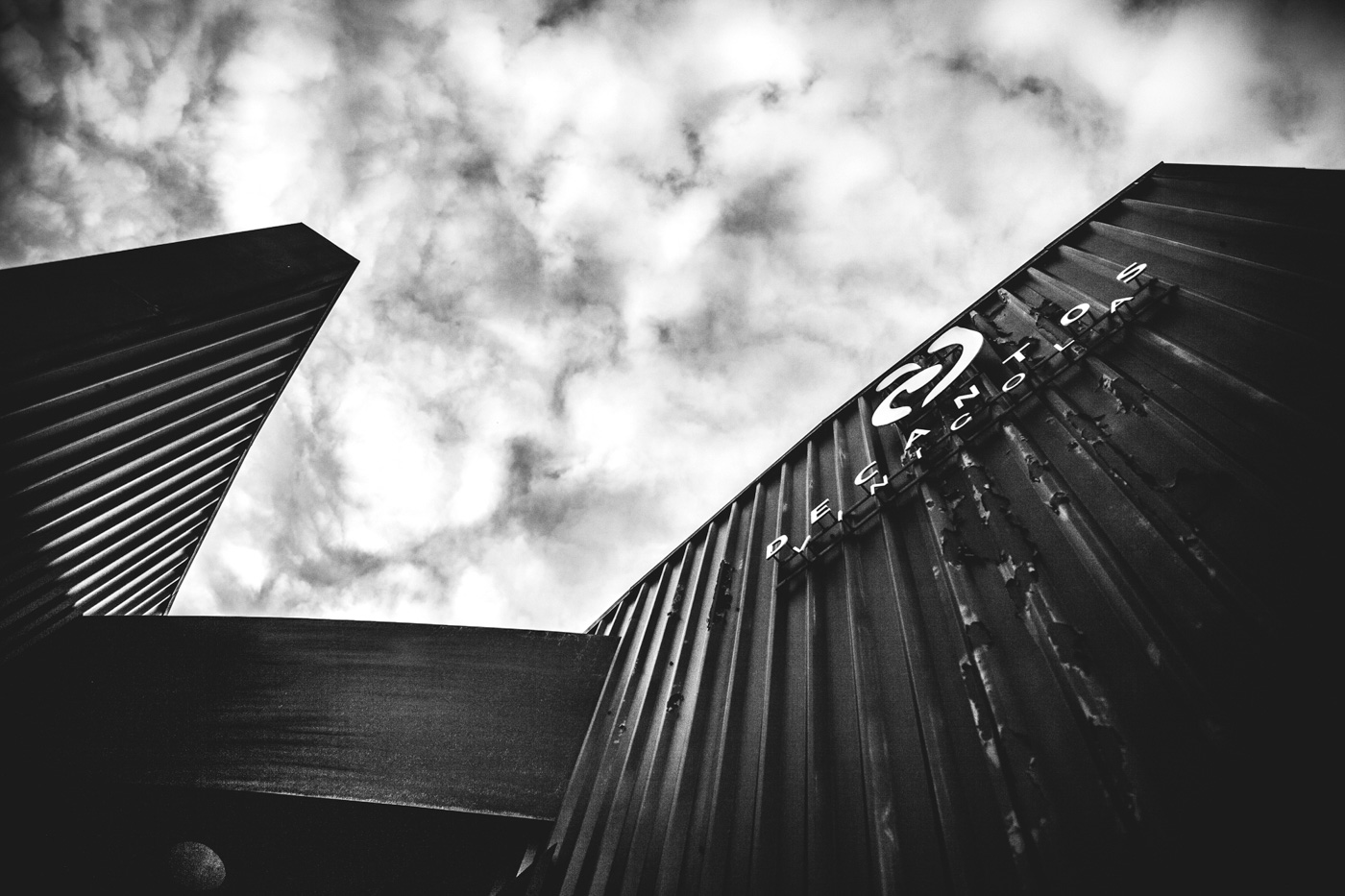
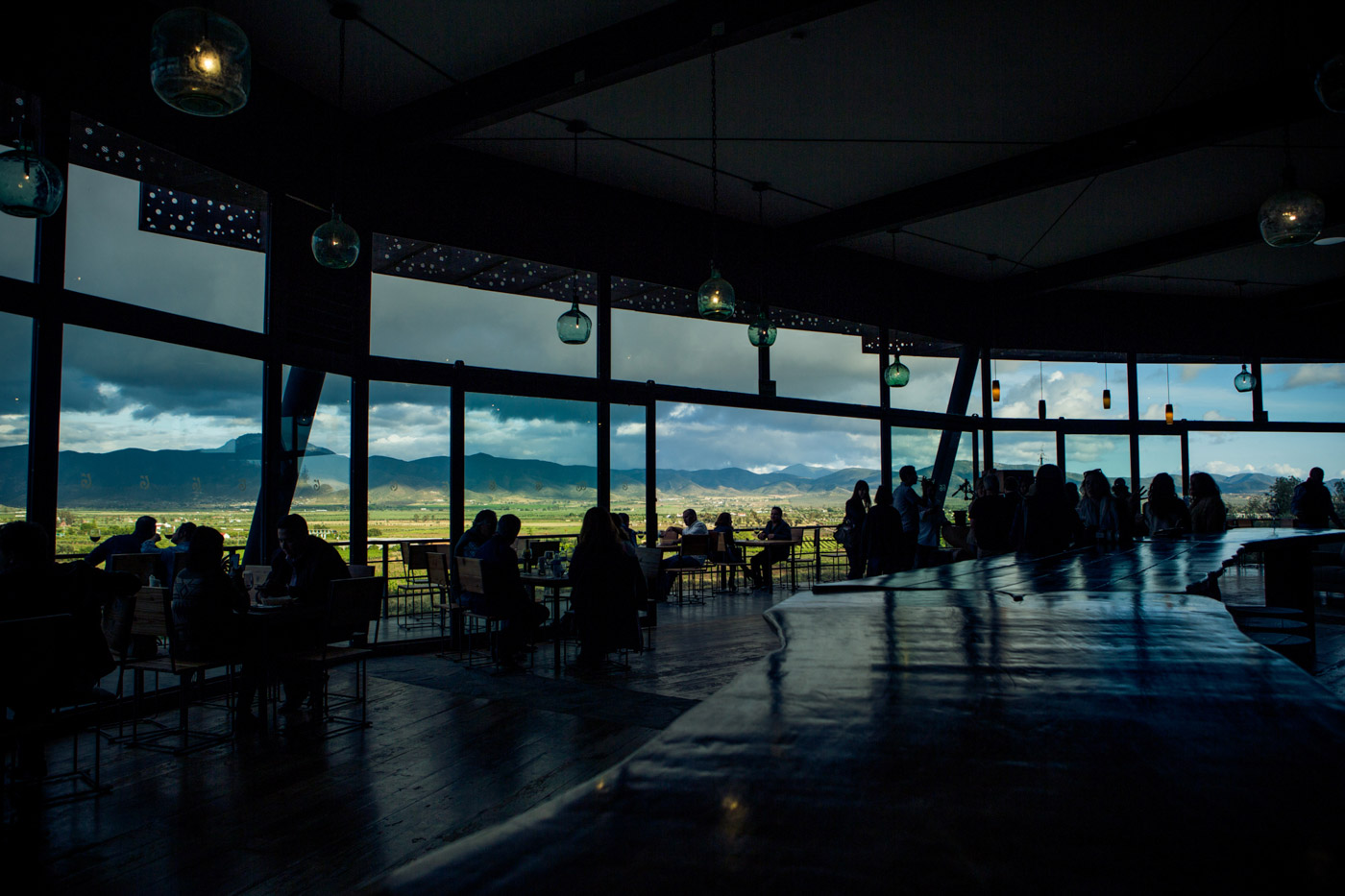
Floating through Decantos and sipping a glass of malbec while taking in breathtaking panoramic views may be the closest thing to heaven on earth. Rolling hills and endless grapevines stretch out across the canvas before me as children frolic freely through the grass below. Their parents lounge nearby—wine glasses in hand—offering a glance in their direction every now and then to ensure all is well.
This is wine for the people. It’s approachable, accessible and unpretentious—much like the winery’s enologist, Alonso Granados. Granados was born and raised in Ensenada, Mexico, and left a career in law to pursue the art of winemaking. Seeking to improve upon traditional methods he learned in La Rioja, Spain, Granados created an exceptional, gravity-flow winery.
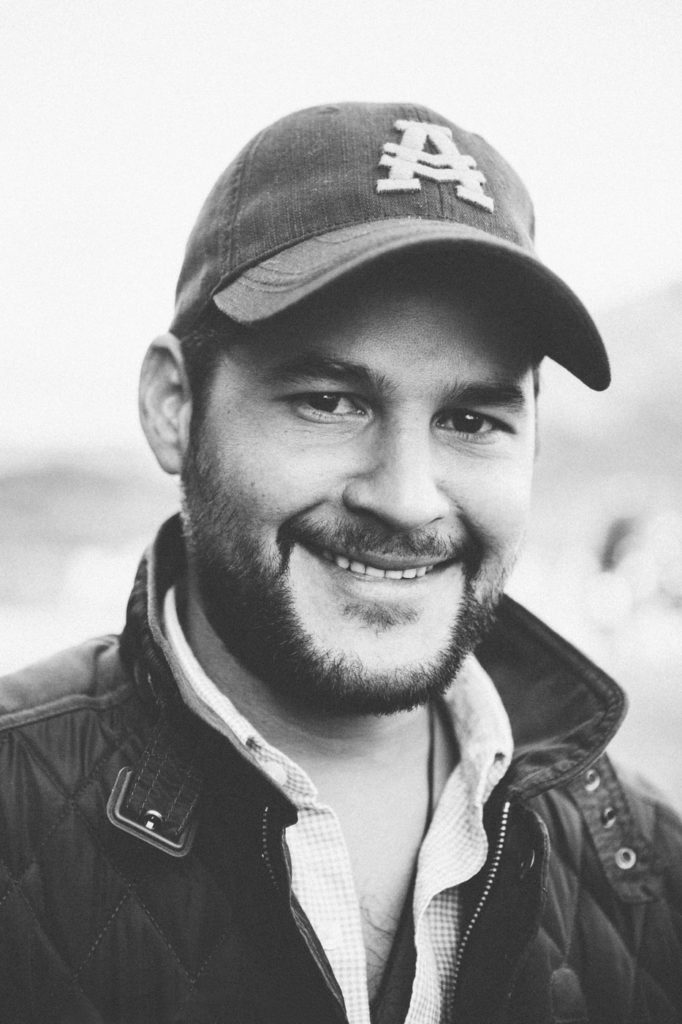
Where did your interest in wine begin?
My family bought the vineyard, but we had nothing to do with winemaking. They bought it while I was in my last year of studying law, and my dad was playing the enologist—the winemaker. One day I came back to visit the family, and the winemaker my dad had hired brought out bottles of our own family wine. I said, “Are we making wine now, Dad? Really?” He said, “Yeah, it was a surprise,” and I was really interested in it.
My dad’s in real estate, so he bought the land with the idea to resell it, and I told him, “Don’t sell it, I love it. I’m thinking of actually becoming a winemaker myself.” He told me no, that this was his hobby, and I was a lawyer so I needed to do that. But eventually he said, “Finish your career, and if you’re still thinking about becoming a winemaker, I’ll support you.”
And I did. As soon as I did, I went to Spain and started winemaking. I spent eight years in Spain. I studied in La Rioja and I worked there the whole time. I found a job three months after arriving and I was really happy, because I was doing what I liked and I learned a lot. They didn’t pay me much, but I didn’t care at the time because I was learning.
Tell me about Decantos and the process you use.
We’re a new winery—the grand opening was August 2015—and we’ve been making wine since our first harvest in 2013. The name of the winery, Decantos, is because we are a gravity-flow winery. We use gravity in the entire process from grape to bottle, so the exact definition would be decanting the wine. That’s basically what we do; we decant the wine from tank to tank, and don’t use any pumps in the entire process. The idea of not using pumps is to have more fruity and well-rounded wines.
What happens to an apple when you bite into it and leave it to the air? It turns brown; it oxidizes. The same happens to the wine when you use pumps. This is the main reason we got rid of them, because from grape to bottle, the wine travels through maybe 70 different pump rollers. Imagine, the wine is 90% water, 7% alcohol and 3% color material—and that small 3% is what makes the wine, wine. Otherwise it would just be water with alcohol. That 3% is what oxidizes in all those pump-overs, so we designed a winery without pumps. It’s a much more natural process, and the wine comes out completely clear. There’s no need to filter it or anything.

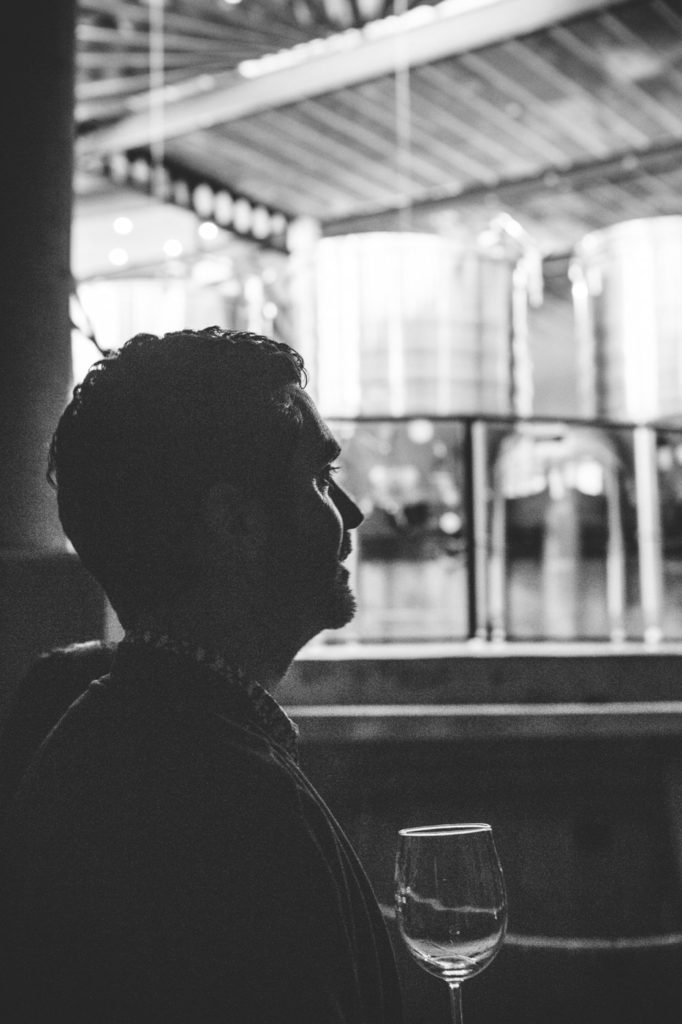
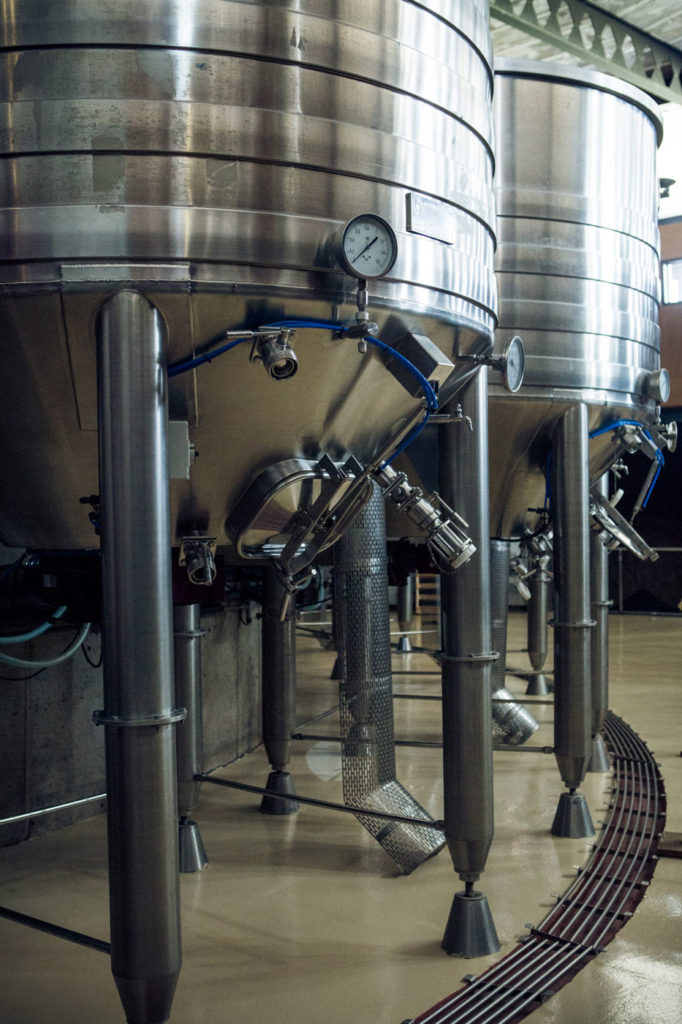
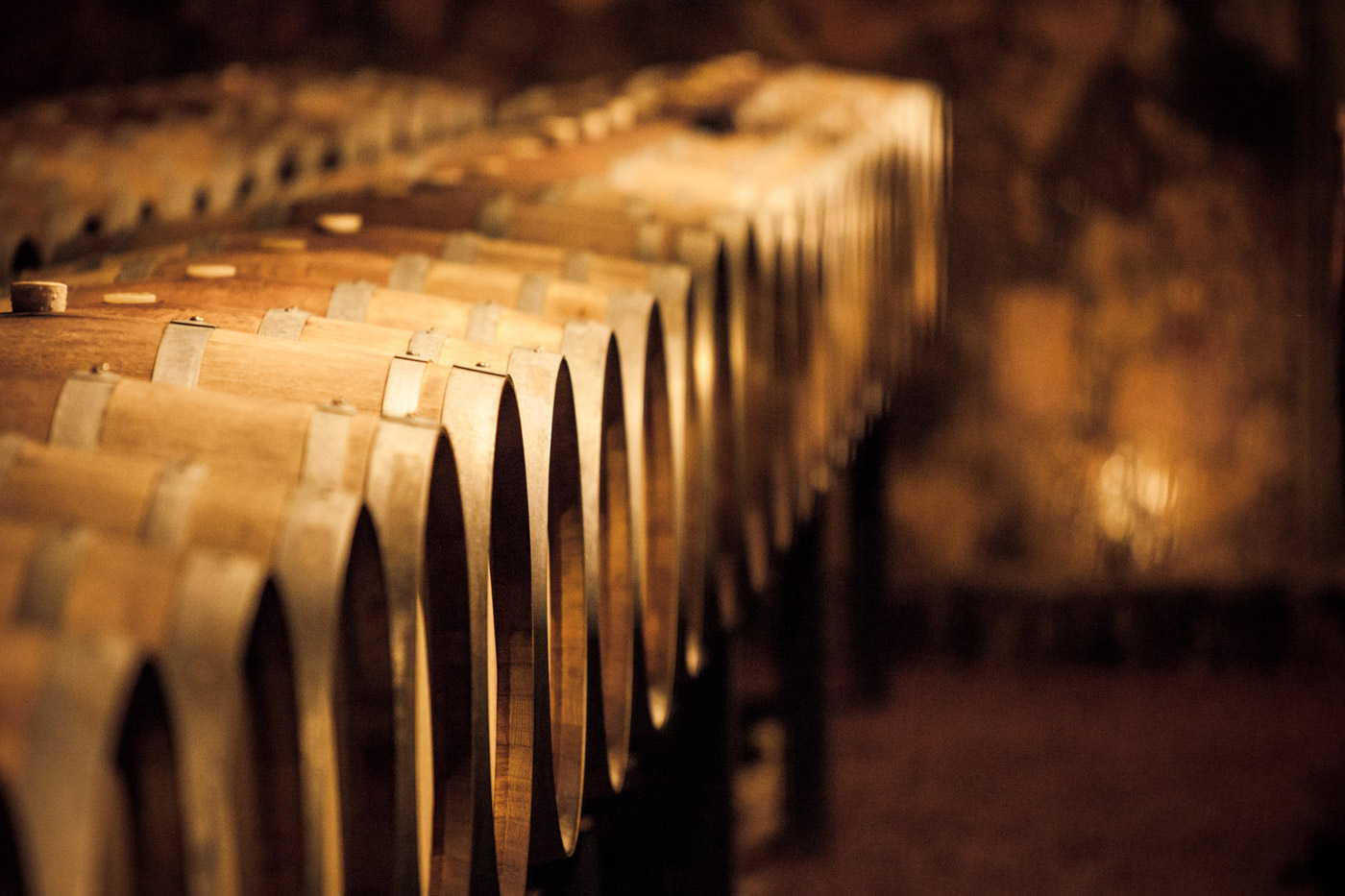
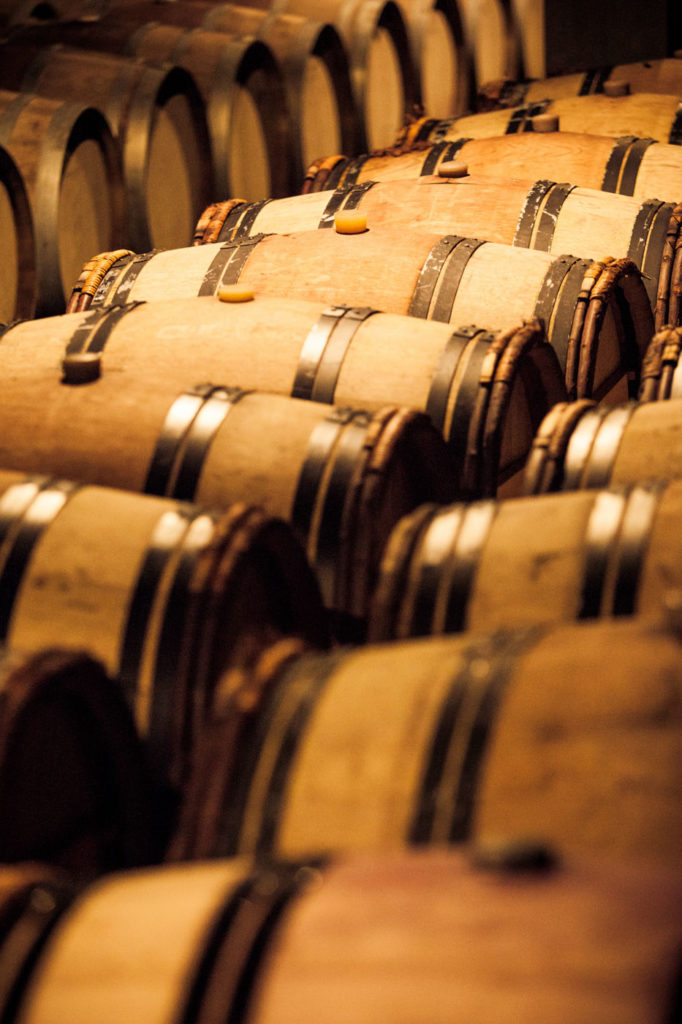
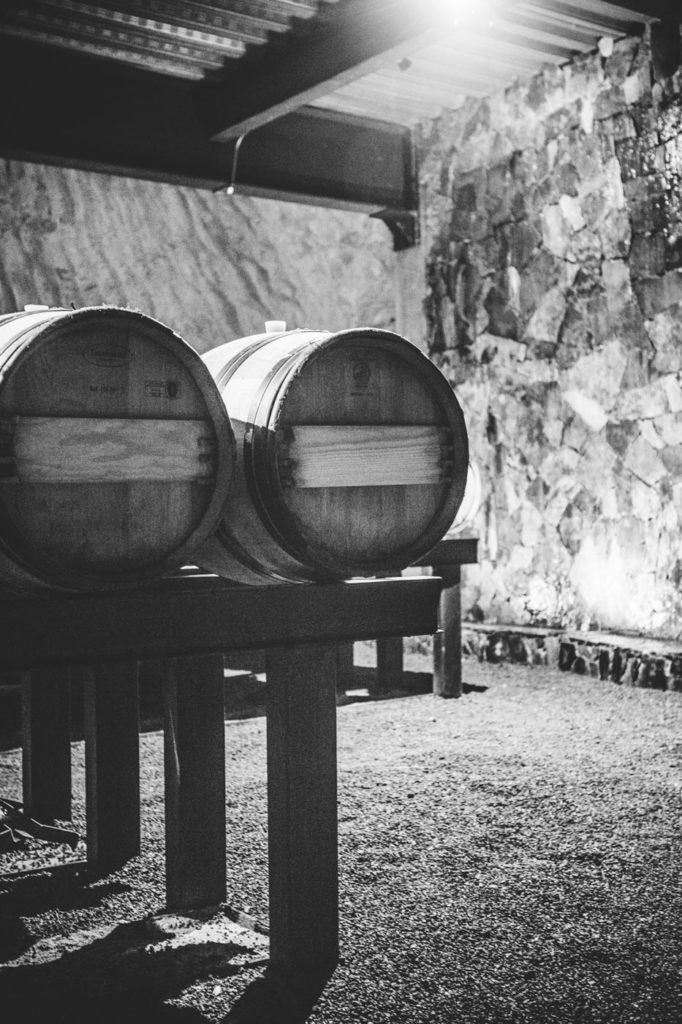
Which grapes are grown on this property?
We have 20 hectares, around 40 acres of vineyard, and all of it is carignan. The idea is to make all the grape varietals in the region—there are over 40 different ones—and what we do is exchange, sell, buy, whatever we can do to have them all. Carignan is one of the priciest grapes in the region because it is one of the oldest ever planted, and it’s also dry-farmed. It’s very difficult to grow this kind of grape and it’s the only dry farm you can find here because carignan is one of the oldest vines, planted here over 60 years ago. Of course you get a lot less—the yield limit is ridiculous—but the quality of the grape is fantastic.
This is a very interesting region in winemaking because there are three different valleys, and the microclimate you can find in each one of them can produce over 40 different grapes—it’s very rare. If we focus on Spain, Spain produces tempranillo—95% of their production is tempranillo. Argentina, it’s malbec. Australia, it’s syrah.
Each country, each wine region, has their own grape because it was the one that adapted to that microclimate. But here we have so many different microclimates that we can grow almost every grape. For example, pinot noir is supposed to grow here in Guadalupe, but you can grow it an hour-and-a-half south in Ojos Negros. However, you’re going to see if you go to all the wineries, almost every single wine is a blend of three to seven different grapes. That’s something that we didn’t want to do, but our premium is actually a blend.
Why didn’t you want to do blends?
I was really amazed with all the grapes that can be grown here. I myself didn’t know all of the grapes, so I wanted to become familiar with them. It’s a lot more difficult to work like this because when you do a blend, suppose the barbera is not really good. Well, malbec and tempranillo are great, and they could hide the fault in the wine. So it’s very difficult to make the wine this way with just a single grape in each one, but I think to expand the culture is way better.
When you go to the supermarket, you will find a lot of different labels—that’s the only thing you see. And when you buy a wine, you pretty much think, “Okay, I like this label.” Yeah, but it’s malbec. Do you like malbec? The idea is to really get to know your palate, to be able to say, “Okay, I really like the label, but it’s malbec, and I don’t like malbec. I like tempranillo, and I like syrah.” The idea is to expand the cultural understanding.
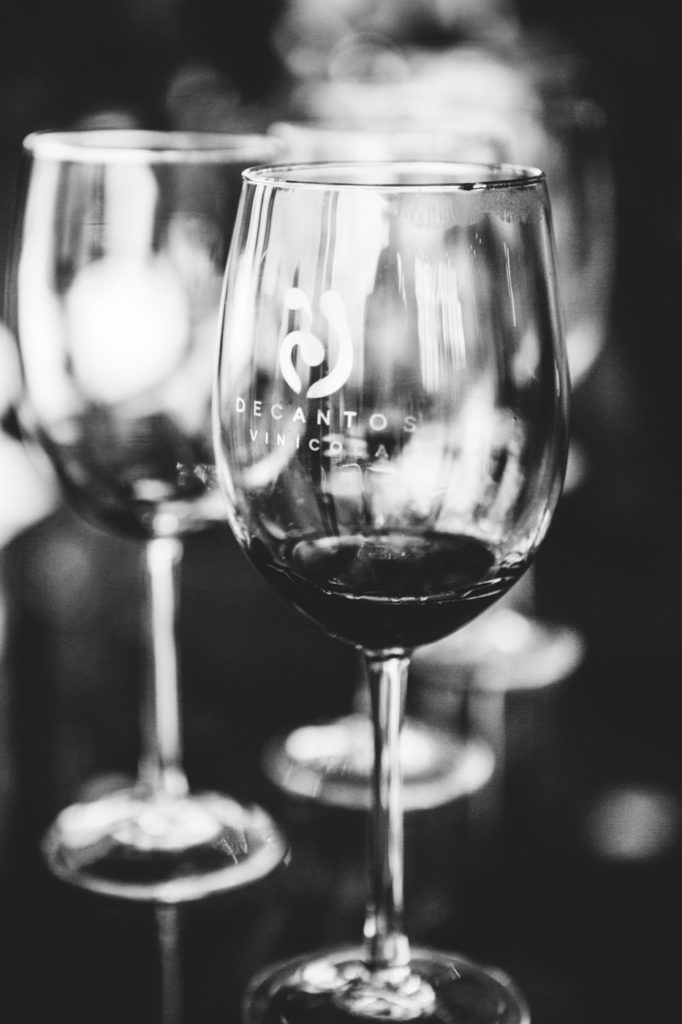
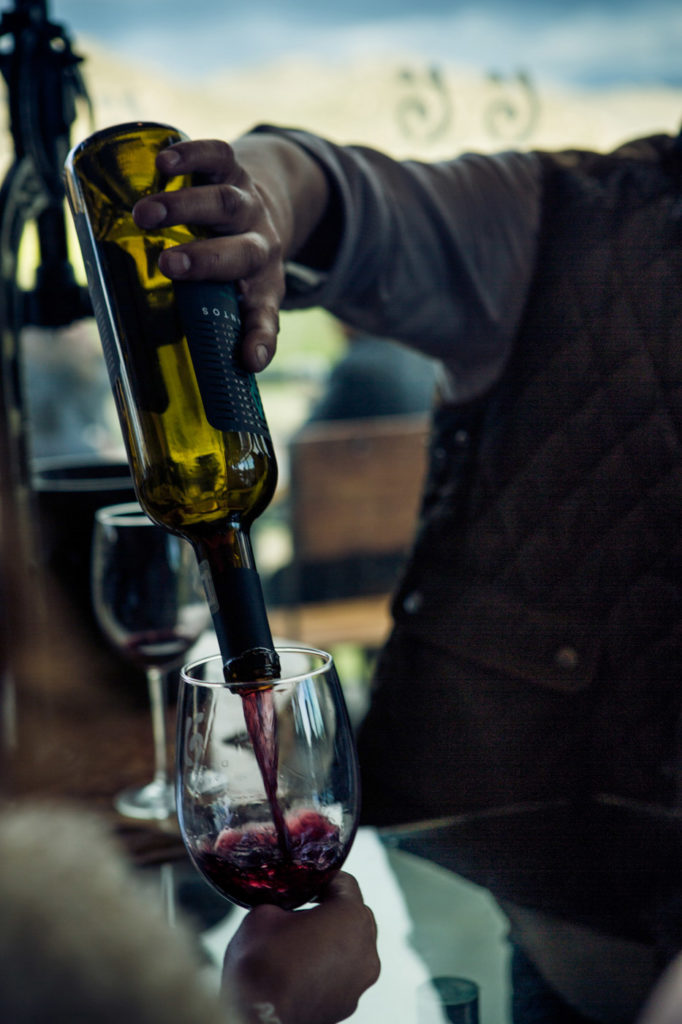
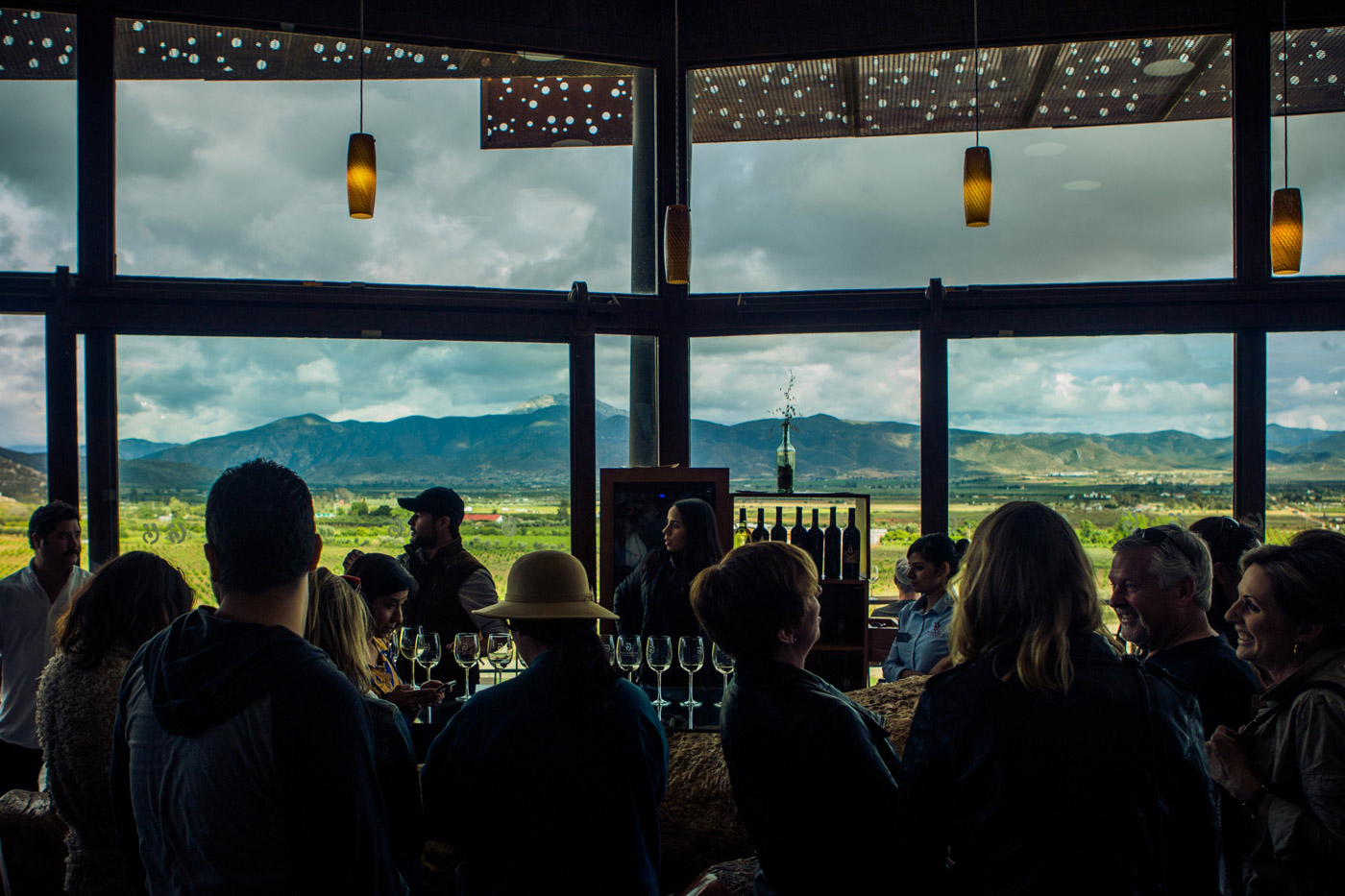
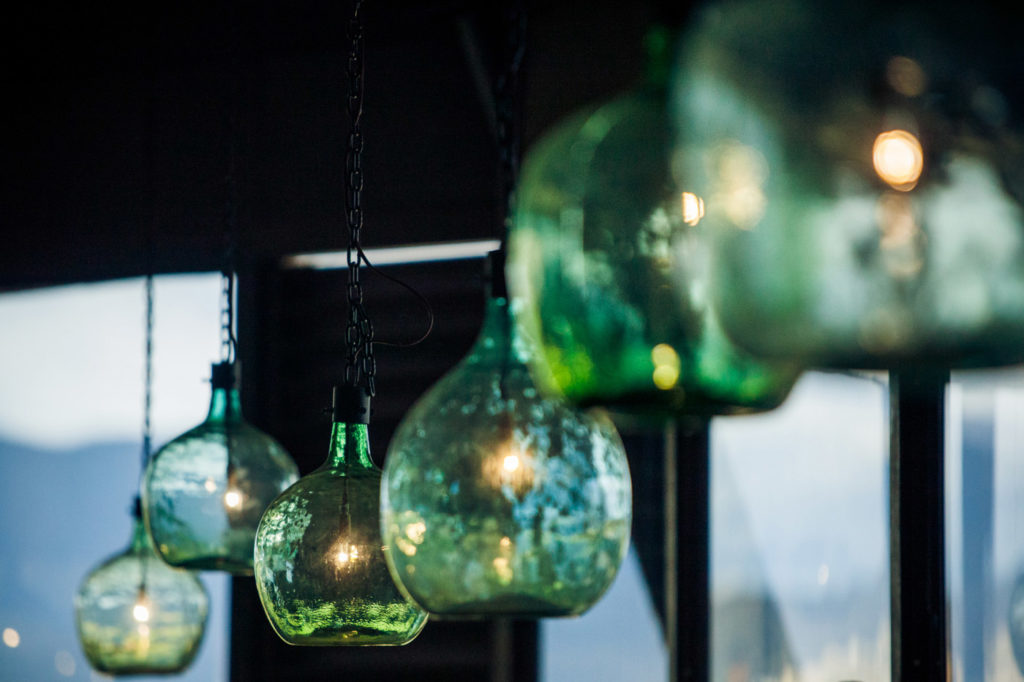
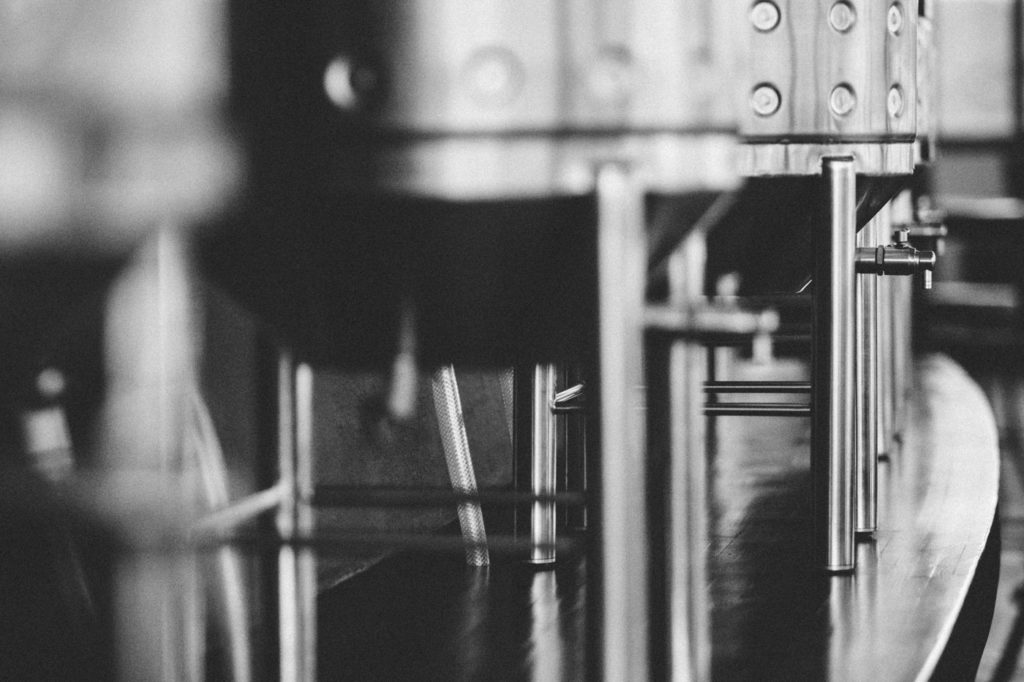
How does the terroir of Valle de Guadalupe influence the wine?
The main difference is you can expect rounder wines with higher alcohol content because it gets really hot during the summer here and during the harvest. You need to harvest before the grapes get very high in alcohol content, because if you pass the limit, not even the juice is going to be able to ferment those sugars, so you’ve got to be really careful with that. You can expect a lot of color, full-bodied wines in every single variety. There’s plenty of different varieties in this region and that’s amazing. This wine [pointing to my glass] will have a wild mushroom aroma. In Mexico it’s called trufa—truffle.
About how much wine are you producing annually?
We’re increasing our production here at about 25% each year. Right now we’re making around 3,000 cases a year and next year we’re going to increase our production a bit more, probably to about 5,000. That’s a good increase because we weren’t expecting this situation so fast. It’s so popular.
The wine sold out eight months into our first year. I think the reason is because we built a proper winery. We built a proper place for all of you guys to come and visit and enjoy the view and the wines, and it’s something that you don’t find really easily in the valley. Everyone else is making wine and shows you the winery, but nobody has the tasting room that we have, and it’s probably one of the reasons we have come so far so fast.
Who is your biggest market?
Our biggest market is Mexico City. I worked for wineries in Spain and the biggest market was Mexico City. Right now I don’t have a large enough production to sell in California, but probably next year we’re going to be able to do that. I want to because I want to expand the brand.
Where does Decantos fit in the great world of wine?
We are unknown on the wine map. The reason is because the production is very small, but we’re growing.
Is your long-term goal to be on the map?
The goal is to continue with small production and to make premium wines. I think if we get very large, we’ll reduce the quality in our wines, so I don’t want to do that. To make really good, quality wines is the goal. If that means small production, then let’s keep it like that.
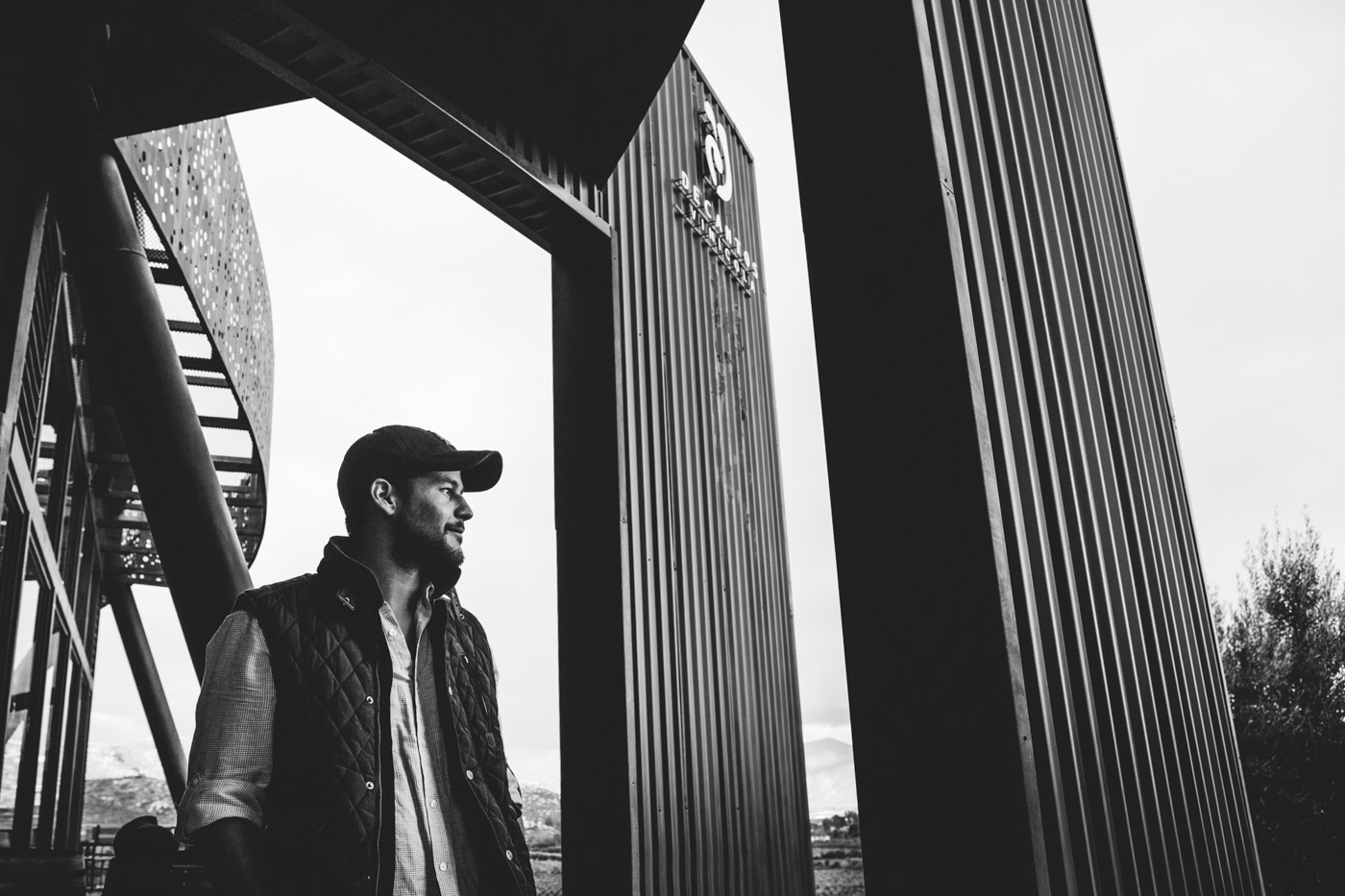
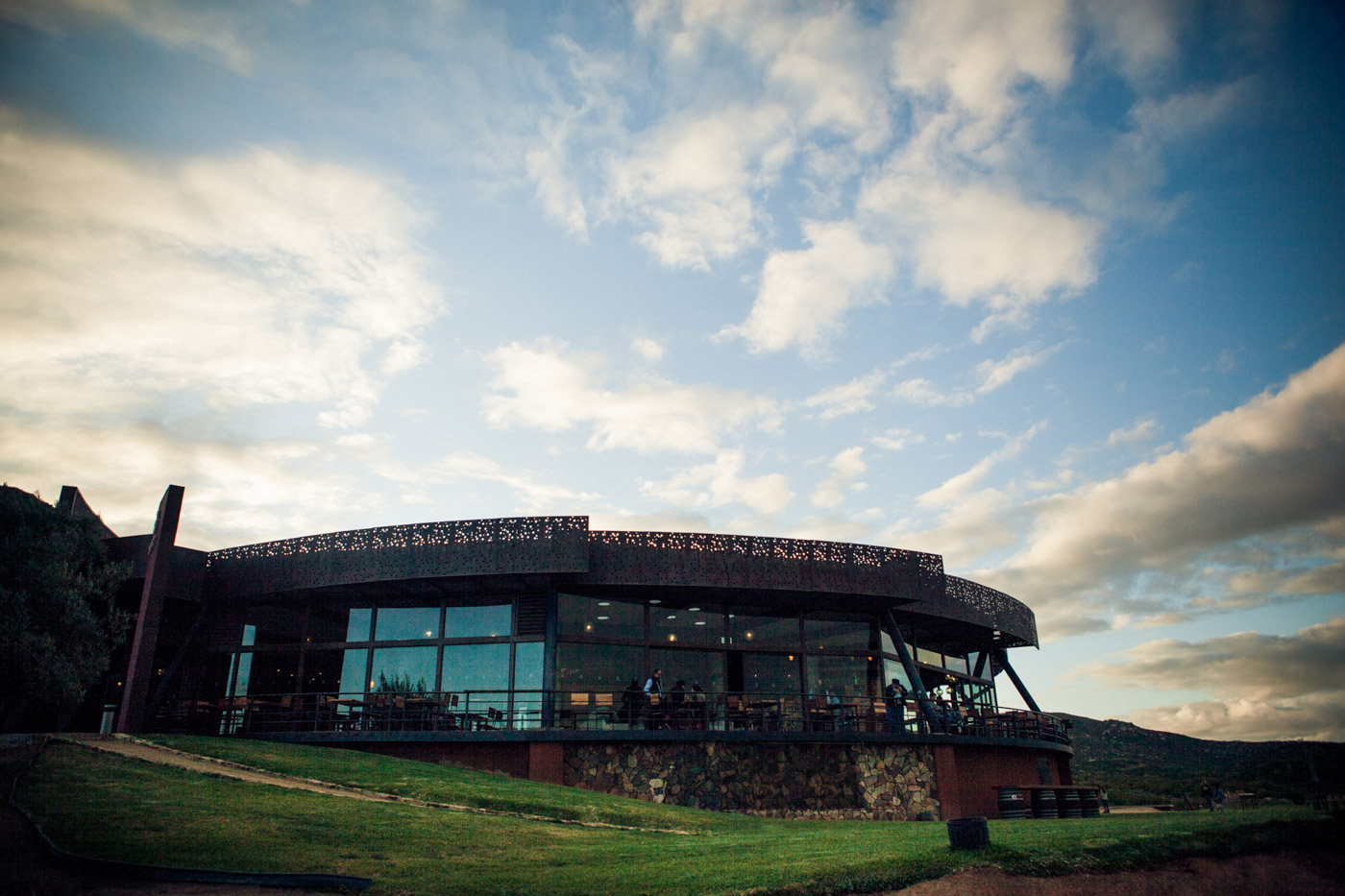





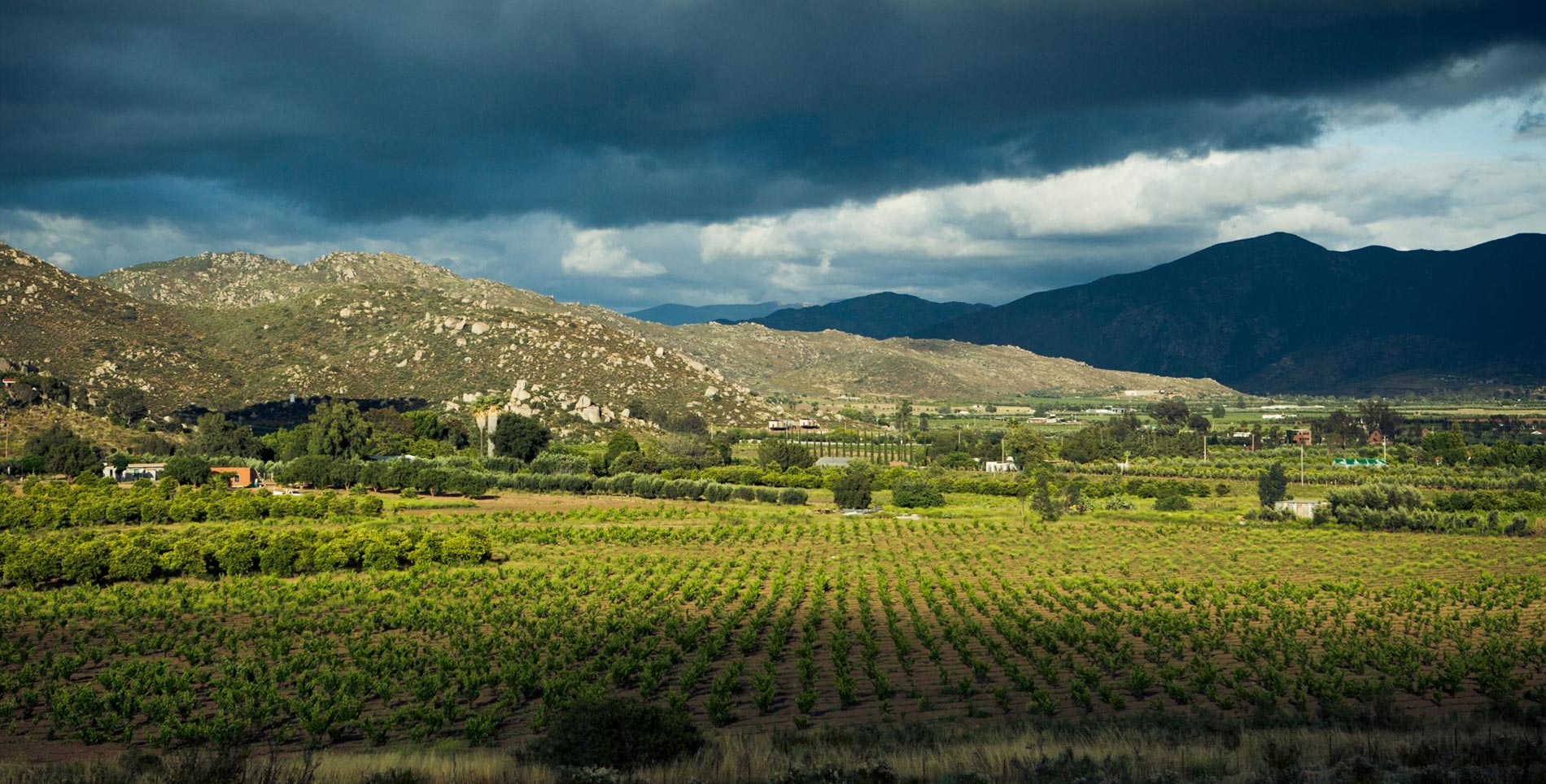

Our comments section is for members only.
Join today to gain exclusive access.